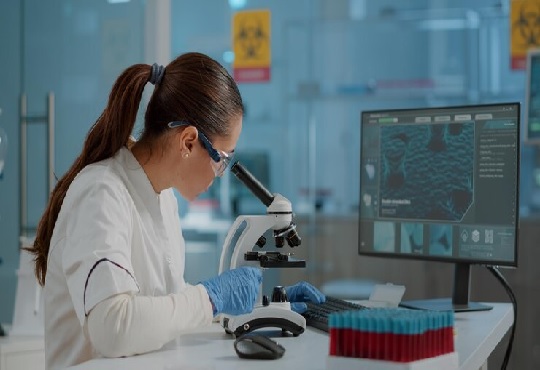IIT Madras, WSAI & ICMR-NIRRCH Unite vs Fungal Infections

- IIT Madras, WSAI, ICMR-NIRRCH develop systems biology against Candida albicans.
- Targets metabolic weaknesses via computational modeling, experimental validation.
- Aims to combat resistance, improve survival, reduce antifungal treatment costs.
A team of researchers from IIT Madras, the Wadhwani School of Artificial Intelligence (WSAI) at IIT Madras, and the Indian Council of Medical Research - National Institute for Research in Reproductive and Child Health (ICMR-NIRRCH) in Mumbai proudly introduced a cutting-edge systems biology approach for the fight against fungal pathogens, specifically targeting Candida albicans, a fungus that is commonly associated with significant morbidity.
The project was spearheaded by Prof. Karthik Raman of WSAI, IIT Madras and Prof. Susan Thomas of ICMR-NIRRCH. The researchers combined large-scale computational modeling with experimental validation to uncover key metabolic vulnerabilities within the pathogen.
Candida albicans usually lives harmlessly in the human body as part of the natural microbiota in locations such as the mouth, throat, gut, vagina, and skin. However, in predisposed or high-risk individuals, C. albicans causes systemic candidiasis, a potentially life-threatening invasive disease that disseminates into the bloodstream and other internal organs and has caused substantial mortality due to few treatment options and increasing resistance to antifungal agents.
Also Read: Medical Seats to Increase by 8,000 in NEET UG, PG Counselling
Prof. Karthik Raman highlighted the study's importance, stating that "This novel research is groundbreaking and is essential to the diversification and improvement of antifungal drugs to overcome resistance. Moreover, it will enhance patient survival, decrease mortality, and improve costs of care." The approach will potentially revolutionize antifungal therapies through the identification of novel drug targets and is addressing a global health problem—where fungal infections contribute to more than 1.5 million deaths per year.
Initial findings have been confirmed in animal models, and next steps include mechanistic studies and collaborations with clinical organizations on real-world patient samples and with the industry to explore potential translations of findings into actual treatments. This research and development collaboration emphasizes India's emerging capacity for AI-assisted biomedical research, and has the potential for transformative approaches to public health.

